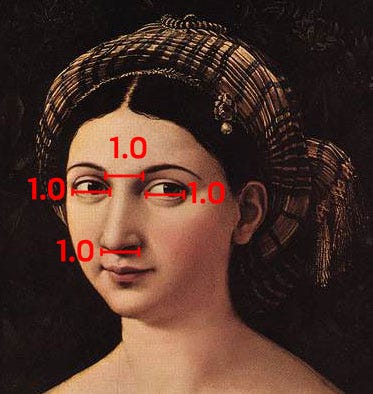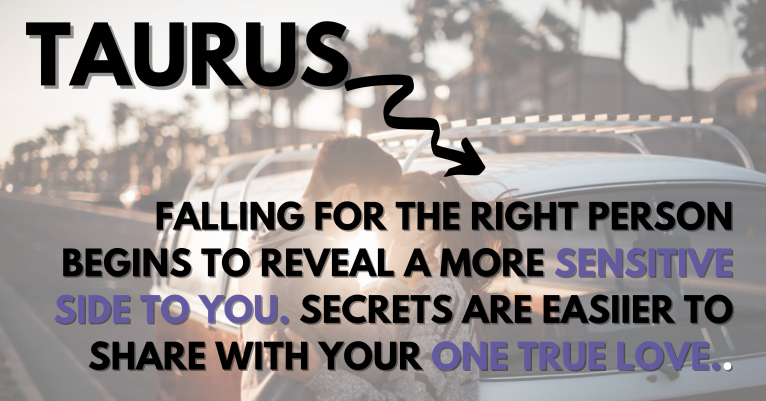How Math Can Help You Find Love
It’s been said that writing, art, and music help us understand ourselves. That is true. But it’s math that helps us understand others. There’s mathematical beauty hidden in every person. You only need to see the patterns.
Here is how math can predict whom you will (and should) love.
Math can predict when you should settle down.
It’s one of the hardest decisions you will make when dating — when to commit. Settle down too early, and you might wonder if you missed out on someone better. Commit too late, and you will lament “the one that got away.”
Well, have no fear. Math can help.
The Optimal Stopping Problem, also called the Secretary Problem, is a mathematical formula that predicts the optimal time to stop seeking options and make a decision. Statisticians use it to choose the best job candidate, purchase a home, and even decide whom you should love.
For matters of the heart, you estimate how many partners you plan to date and then reject the first 37.4 percent. Research has found that the probability of finding happiness increases when we choose someone at that stopping point. Choose too early, and you will not maximize your options. Choose too late, and you might be stuck with only misfits and miscreants.
Here is a simplified version of how I plan to use Optimal Stopping in my love life in the following year.
Step 1: Estimate how many first dates you will go on over the next year(s). In this example, I plan to go on approximately 48 first dates over the next year.
Step 2: Date and reject the first 37.4 percent of partners. Unfortunately, you have to reject them even if they are wonderful. (I would like to apologize now to the first 37.4 percent of suitors I plan to reject. It’s not you. It’s just math.)
Step 3: Choose the first person to pass the 37.4 percent benchmark. In this example, I must reject the first 18 suitors and choose bachelor #19. (Dear future Bachelor #19, I would like to apologize now for my messiness, occasional moodiness, and all the Ren faires that I will be dragging you to. You probably should brush up on your battleax throwing and learn how to ride a horse.)
Obviously, there are some caveats to this formula. How do I know how many potential partners I will really date in the next year? Sometimes our eyes are bigger than our appetite.
And what if bachelor #19 is mean? Am I then stuck with a dud? No, thank you, math. Some of us might prefer to die alone with our nine cats chewing off our faces than be with the wrong person.
Math can predict if you will divorce.
What if someone could predict with 94% accuracy whether you would divorce? That is exactly what psychologist John Gottman and mathematician James Murray did.
Over decades of research, Gottman observed facial expressions, heart rates, blood pressure, skin conductivity, and language used between couples when arguing. He found one emotion that predicted disaster — contempt.
Contempt creeps into relationships in small ways — the dismissive eye roll, disrespectful interruptions, disparaging words, or the constant negative perceptions of your partner. Gottman has called contempt “the sulfuric acid” of love.
Gottman then teamed up with mathematician James Murray to develop a statistical model for when contempt would reach a breaking point. He calls this the couple’s Negativity Threshold — the point when we can no longer see our partner in a positive light. The math gets a little tricky, but basically, that tipping point is when contempt drives your relationship off a cliff.
So what can you do if you don’t have a mathematician and a psychologist to predict your relationship’s demise? To start, try to be more cognizant of when negativity is seeping into your relationship. Gottman found the most successful couples learned how to “rupture and repair” during disagreements. They didn’t let trivial differences become a big deal, but they also felt comfortable voicing their complaints.
And when in doubt, use Hanlon’s Razor — “Never attribute to malice that which is adequately explained by stupidity.” We often hurt the ones we love the most without intending to. Give your partner the benefit of the doubt — they are not mean, just a little clueless.
Math explains why we stay in toxic relationships.
Love and gambling share two common traits — risk and reward. And whether it is pulling a lever on a slot machine or swiping an online dating app, sometimes you get three cherries and sometimes…cherry bombs. But there is a reason why so many people will sit for hours listening to that whirling, dinging, and chiming — slot machines are highly addictive.
One mathematical statistic makes them especially seductive — the “near miss” or “almost win.” The almost win is when the slot machine spits out an outcome that is close to a win. (Example — two 7s and one cherry.) Obviously, you need three 7s to win, but your brain doesn’t process it that way. One study even found that an almost win triggers the same reward pathways in your brain as an actual win does.
In 1953, the father of behaviorism, B.F. Skinner noted, “Almost hitting the jackpot increases the probability that the individual will play the machine.” For this reason, casinos program slot machines to show more almost wins.
The same addictive dopamine response happens in some relationships. Sometimes, we are attracted to those who send mixed signals. One minute they are affectionate, and the next minute they are cold. But because our brains have been conditioned to receive a reward sometimes, we keep pulling the Pavlovian lever. In most brains, uncertainty breeds desire.
Psychologist and author Dr. Ramani believes that almost wins are also what makes some toxic relationships so addictive. Abusers don’t act like monsters one hundred percent of the time. Instead, they make small kind gestures followed by large abusive ones. But it’s those moments of almost kindness that you cling to. Our optimistic minds will risk everything to get the big win.
An almost win is an almost relationship. And unfortunately, like the gambler who can’t leave the table, you might keep rolling the dice hoping for the big reward.
Math predicts whom you will find attractive.
Math can also predict whom you will find the most attractive. Humans are biologically drawn to faces that demonstrate divine proportion or The Golden Ratio — a number approximately equal to 1.618. This number is found in mathematics, geometry, art, architecture, and nature.
The Golden Ratio also appears in beautiful faces. Researchers found we are attracted to people who possess this harmonious ratio because it is an indicator of health. Babies will even stare at faces in divine proportion longer.
During the Renaissance, artists used The Golden Ratio to create the most aesthetically appealing portraits. Today, plastic surgeons have developed a “golden ratio mask” to reconstruct faces into the perfect proportion.
Using Raphael’s lover, La Fornarina, these golden ratio mask measurements make a face the most beautiful.

A face in divine proportion is one and a half times longer than it is wide or roughly 1.6 times longer.

In the golden ratio mask, the space measuring from the forehead hairline to the eyes, from between the eyes to the bottom of the nose, and from the bottom of the nose to the bottom of the chin will be equal.

The length of the eyes is equal to the length of the nose’s base and the distance between each eye.

Lastly, the length of the ears is equal to the length of the nose. The top of the ears aligns with the top of the eyelid, and the bottom of the earlobe aligns with the nostril.
But before you start slicing up your face, remember that math cannot measure charisma, humor, kindness, or intelligence — all factors that influence whom we choose.
Whom we love is an emotional decision containing multitudes.
Math might be able to predict some behaviors, but it obviously has its limits. As cognitive scientist Steven Pinker noted, “Emotions are mechanisms that set the brains’ highest-level goals.” And emotions can never be reduced to ones and zeroes. Whom we love is an emotional decision containing multitudes.
But by understanding probabilities, we can break free from our destructive patterns or avoid people who will cause us pain. Or, as the stoics taught — it is not our emotions that cause us unhappiness but our reaction to those emotions.
And sometimes we try to find complex meaning when a simple solution is under our nose. That is the real power of math. Those elegant proofs help us break down a universe of emotions.
This article was originally published on PS I Love You. Relationships Now.





